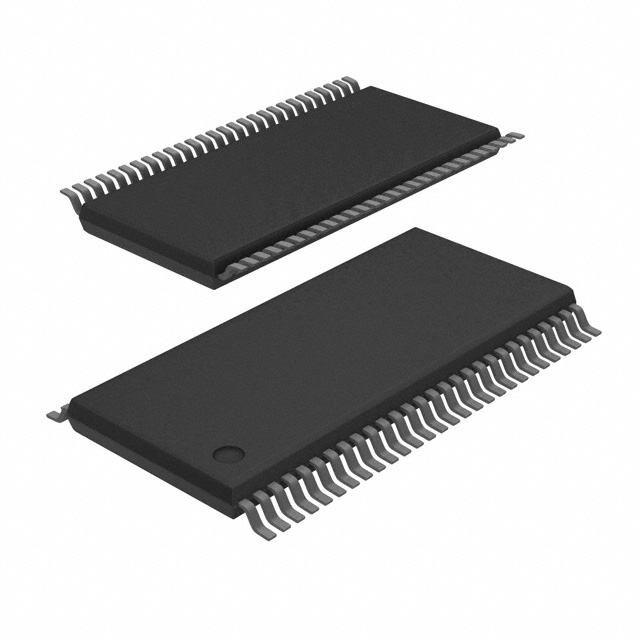SN74CB3Q16211DL
Manufacturer No:
SN74CB3Q16211DL
Manufacturer:
Description:
IC BUS SWITCH 12 X 1:1 56SSOP
Datasheet:
Delivery:





Payment:




In Stock : 0
Please send RFQ , we will respond immediately.









SN74CB3Q16211DL Specifications
-
TypeParameter
-
Supplier Device Package56-SSOP
-
Package / Case56-BSSOP (0.295", 7.50mm Width)
-
Mounting TypeSurface Mount
-
Operating Temperature-40°C ~ 85°C
-
Voltage - Supply2.3V ~ 3.6V
-
Voltage Supply SourceSingle Supply
-
Current - Output High, Low-
-
Independent Circuits2
-
Circuit12 x 1:1
-
TypeBus Switch
-
PackagingTube
-
PackagingBulk
-
Product StatusActive
-
Series74CB
The SN74CBTK32245GKER is a particular model of integrated circuit that offers a range of advantages and can be applied in various scenarios. Some of the advantages and application scenarios of this chip are as follows:1. Bi-Directional Level Shifting: The SN74CBTK32245GKER is specifically designed to provide bi-directional level shifting between different voltage domains. This allows for seamless communication between devices operating at different voltage levels.2. Voltage Translation: This IC chip can act as a voltage translator, allowing devices powered by different supply voltages to communicate with each other. It can be used to convert signals from one voltage level to another, enabling compatibility between devices with different power requirements.3. Logic Level Conversion: The SN74CBTK32245GKER performs logic level conversion, making it possible to interface devices with varying logic levels. It can convert signals from TTL (Transistor-Transistor Logic) to CMOS (Complementary Metal-Oxide-Semiconductor) logic levels, or vice versa.4. Wide Operating Voltage Range: This integrated circuit chip supports a wide range of operating voltages, typically from 1.2V to 5.5V. This versatility allows it to be used in diverse electronic systems with different power supply requirements.5. Seamless Integration: The SN74CBTK32245GKER is designed to be easily integrated into various electronic circuits. It offers bidirectional voltage translation with minimal propagation delay and supports both push-pull and open-drain configurations.6. Signal Integrity: This IC chip helps in maintaining signal integrity during voltage translation by minimizing reflections and reducing signal distortion. It ensures reliable data transfer between different voltage domains without compromising the quality of the signal.In terms of application scenarios, the SN74CBTK32245GKER can be used in various situations where voltage level shifting and logic level conversion are required. Some possible applications include:1. Communication Interfaces: It can be utilized in communication interfaces between devices operating at different voltage levels, enabling proper signal transmission and reception.2. Mixed Voltage Systems: The chip can be employed in systems that combine components or modules operating at different voltage levels, facilitating seamless interaction and data exchange.3. Microcontrollers and Peripherals: The IC can be used in microcontroller-based systems to interface with peripherals or sensors that operate at a different voltage level than the microcontroller.4. Memory Interfaces: It can be utilized in memory modules or systems to enable communication between different types of memory chips, such as DDR, SDRAM, Flash, etc., that may have varying voltage requirements.5. Industrial Automation: The chip can find application in industrial automation systems where different voltage levels need to be interfaced, allowing for efficient control and monitoring of various components.6. Consumer Electronics: It can be applied in consumer electronic devices, such as smartphones, tablets, or gaming consoles, to facilitate communication between different components operating at different voltage levels.It is important to note that the specific application and advantages of the SN74CBTK32245GKER may vary depending on the overall system design and requirements.
SN74CB3Q16211DL Relevant information







